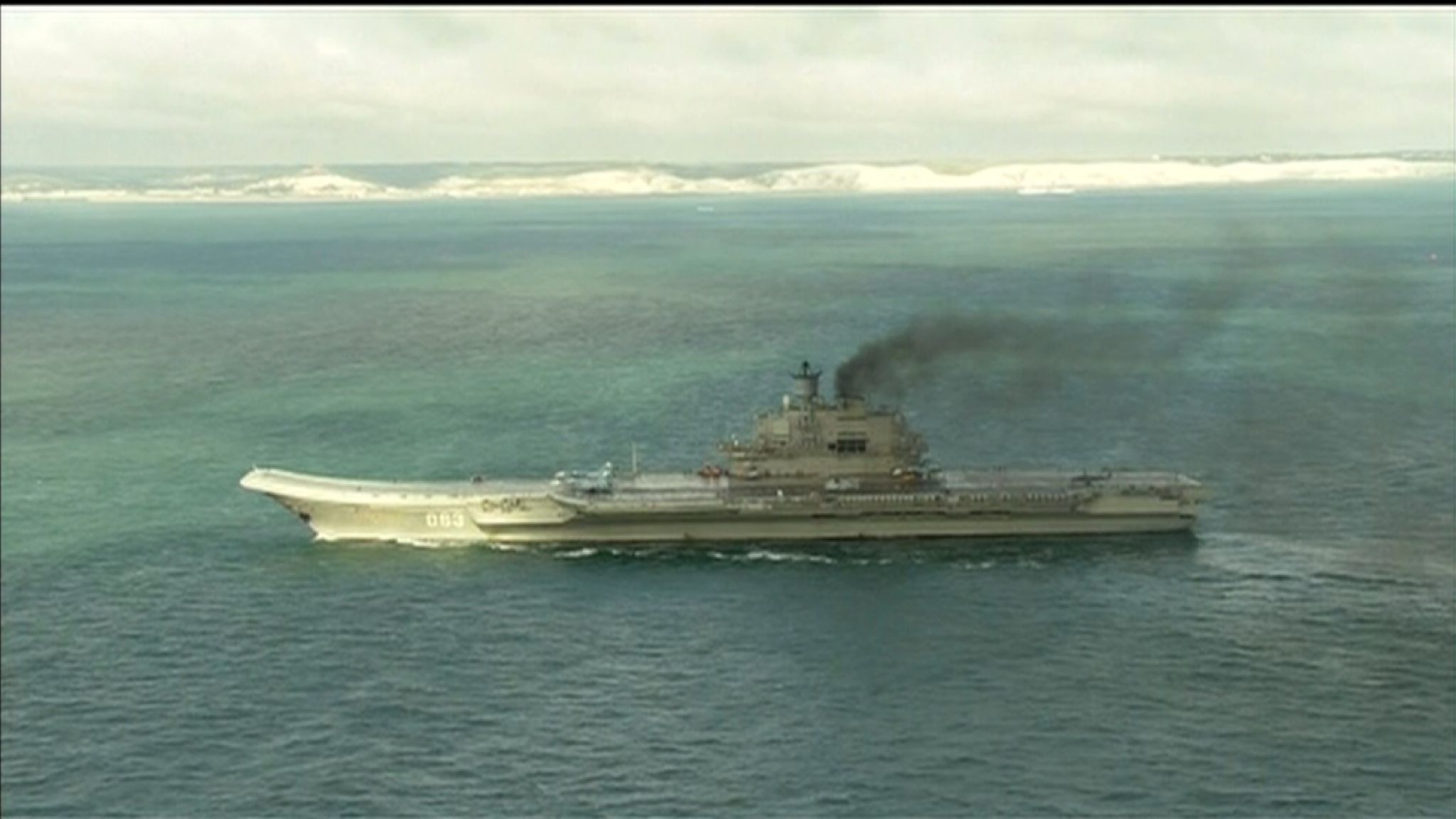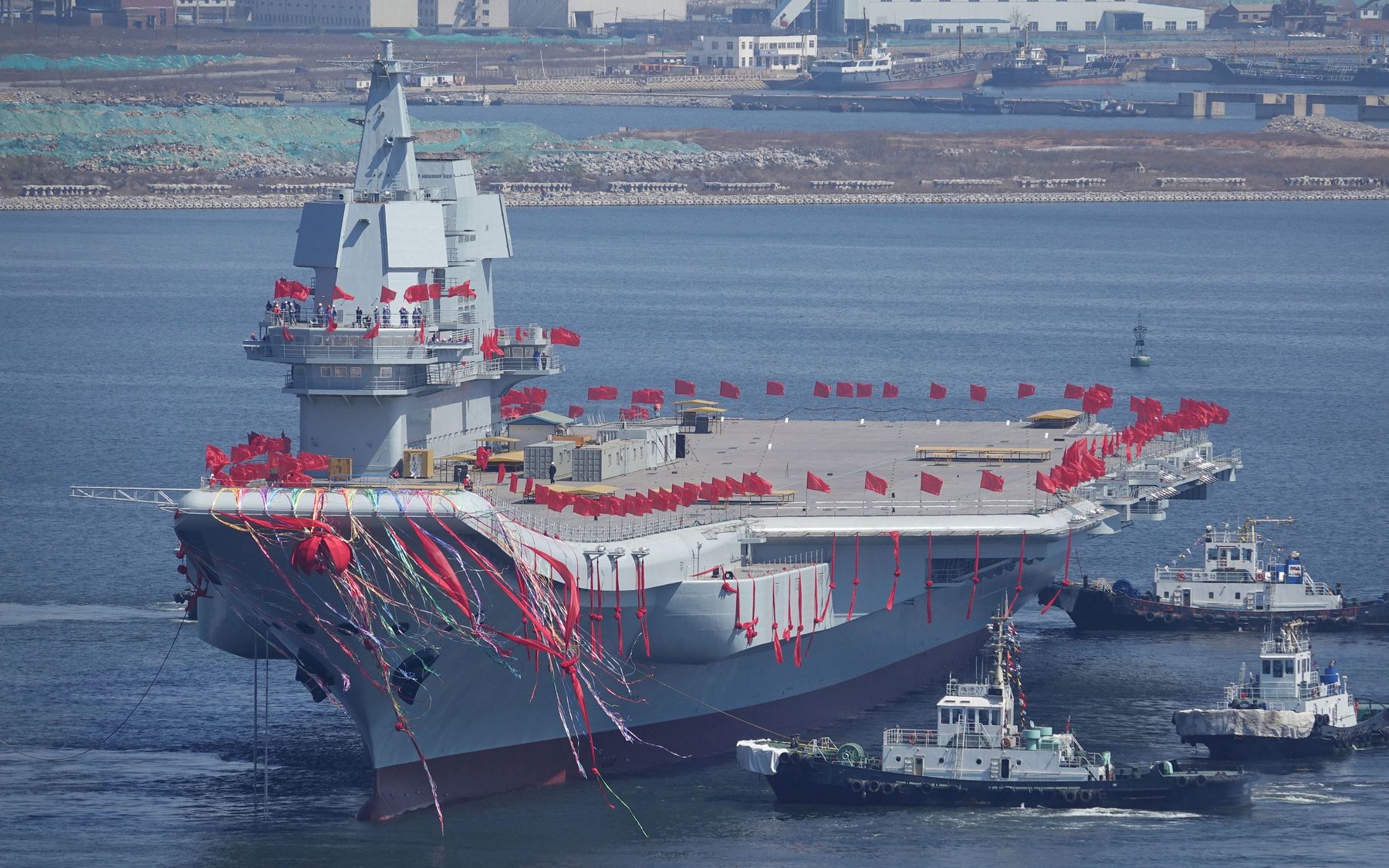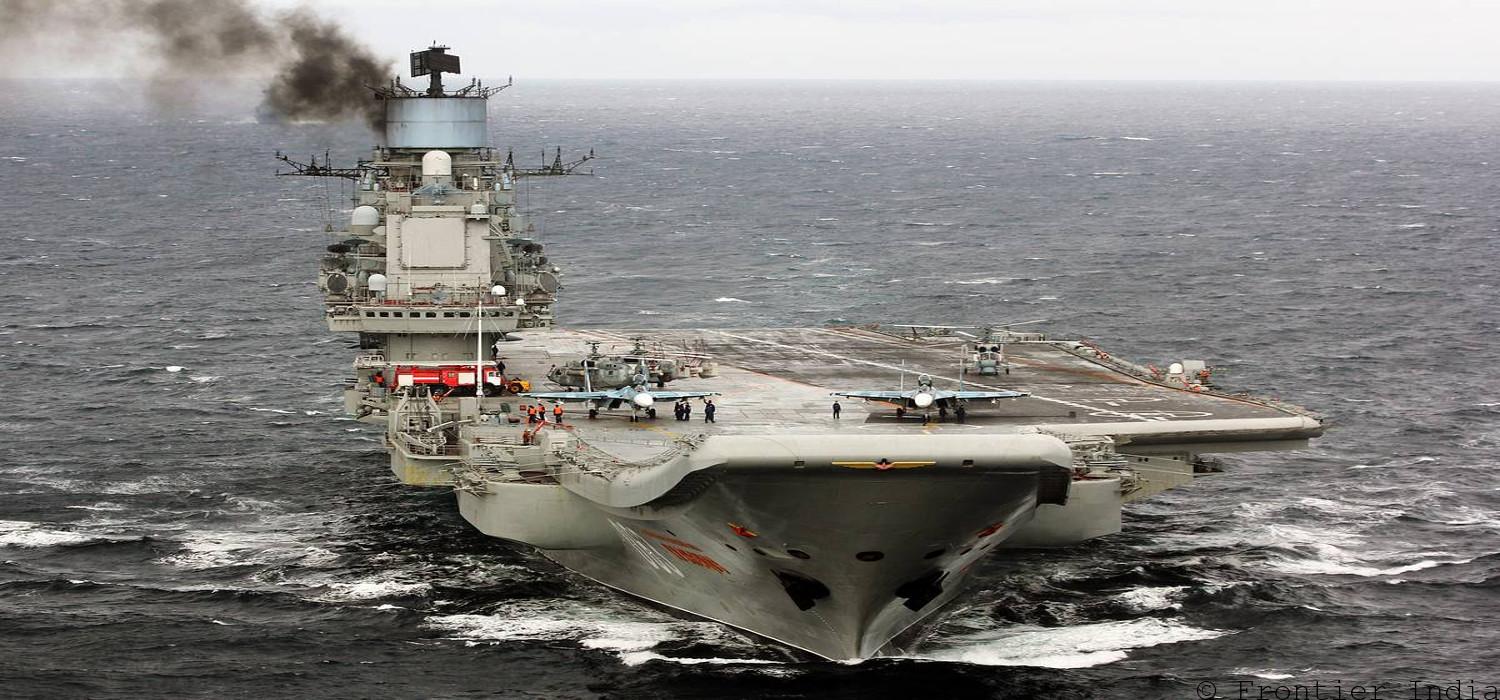Russian Aircraft Carrier - Earlier this year, the Russian Admiral Kuznetsov was undergoing repairs at the United Shipbuilding Corporation's shipyard No. 35 in Murmansk.
Russia's only aircraft carrier Admiral Kuznetsov needs major repairs. The question is whether the Russian Navy will cash in on the money it needs to revive it.
Russian Aircraft Carrier

Eight months after the PD-50 dry floating vessel sank in an accident at shipyard No. 82 near Roslyakovo, Russian media reports that the Russian Navy (RFN) has drawn up plans to complete the refit, update and modernization of the aircraft on its own. what
Russian Aircraft Carrier Admiral Kuznetsov On Fire
On May 7, 2019, Russian Shipbuilding Corporation (USC) told state-owned news agency TASS that the ship would be ready to dock at the 35th ship repair yard in 2020 "if facilities are available". , port capacity increases. USC further justified the reforms as a "complex package," acknowledging that it "could foresee certain delays."
However, the deadline for the ship to return to service is 2021, the company said. This begs the question:
USC President Alexei Rakhmanov previously announced that USC will implement the planned modernization of Unit One. The 35th factory repair shop in Murmansk provided enough dry kits ahead of time to complete the side repairs, which the Northern Fleet has lacked since the loss of the PD-50. No, industry sources told Kommersant in March. The 35 shipyard has two 200-meter-long drydocks next to each other, “the modernization project involved combining them: they just broke the wall between them to squeeze.
Exist. "However, the modification may not be as easy as sources would have us believe; after the merger of the two dry ports, they would have to be lengthened to accommodate 305 meters (270 meters for the waterway) and a new merged gate structure designed.
Hardly Seaworthy: The 5 Worst Aircraft Carriers Of All Time
USC secured financing for the work from a Russian bank on June 25, 2019, and work on the dry port project is scheduled to start on July 1, 2019, state-owned RIA Novosti reported.
If past performance is any indicator of future results, there are good reasons to be skeptical of timelines
Modernization. Reports on the remaining dry fit workload vary, but certainly include replacing boilers and generators, refitting ship switches, and doing other hull work. These activities are separate from the repair or replacement of equipment, communication and navigation systems. There was also talk of removing the 1980s-era anti-aircraft missiles and replacing them with the much-talked-about Pantsir-M defense system. Considering the necessary changes, the financial reality that the Russian government currently faces with sanctions and low oil prices, and rampant corruption,

Military expert Ilya Kramnik published a number of Western articles in April saying that Moscow would destroy the famous aircraft carrier. Sources say it makes sense for Russia to divert the resources needed for improvement and modernization.
Russia's Only Aircraft Carrier Admiral Kuznetsov Catches Fire
Instead build two modern ships or modern nuclear submarines. Unfortunately, these articles ignore some opportunities for the fix proposed by Kramnik
The Northern Group, which undertakes the main task of safeguarding national security in the Arctic, has long-standing infrastructure problems that have seriously affected its combat capabilities. . . The navy should be given the right to repair ships without affecting the construction plan of new combat troops.
"Stop" its renovation and modernization in an article in Svobodnaya Pressa (Free Press) mid-June 2019. Sokirko compares"
"(short form of boat name) to a junk boat, God willing, everything works." It's big, lots of room, of course, the neighbors don't have the same thing, but it's gas petrol, and I can't do it like I used to Accelerate like that, and, yes, one is fed up with crashes," joked Sokirko.
Fire On Russia's Sole Aircraft Carrier Extinguished, No Damage — Company
Sokilko, a self-proclaimed supporter of carriers, explained that the main purpose of carriers, and more precisely, surface warships and submarines, is to serve as destroyers for the U.S. Navy. Sokirko believed that a small force could bind and direct the resources of a potential enemy. Sokilko declared: "Russia has shown during the Syrian conflict that such operational and technological advances are not lost and therefore, I think the question of the value and need of Russian aircraft carriers will remain a moot point today."
Since 2006 he has been completely refurbished and modernized at the Sevmash shipyard in Severodvinsk and since 2015 has a permanent residence in a large dry port. Russian media regularly report that work is underway.
It will rejoin the fleet, but it has stalled at the shipyard as work proceeds in a seemingly stop-and-go fashion.

It may face a similar future as it continues to modernize. The move could save the Russian government from the embarrassment of dumping the goods without spending huge sums refurbishing the dubious utility platform. However, the Northern Fleet needs the infrastructure to compensate for the loss of PD-50s to maintain and repair surface combatants. Dry landing of ships Project No. 35 is not a panacea for these problems - and may exacerbate short-term ship maintenance problems when dry ships are offline - but it may be the only viable option for introducing them.
Future Chinese Aircraft Carriers To Be Russian Design
The main goal is the projection of national pride. From this perspective, Russia should reform and restore its services as soon as possible. But from a utility standpoint, the current Russian naval strategy, "
"It's a huge resource pool that will never pay the same price as a few Yasen-class fast attack ships or a fleet of small anti-missile defense boats. It never fulfilled its original mission of extending the reach of Russia's defenses," and was quoted as saying. Not a reliable power platform. The ship had problems with its powerplant, hull, flight and recovery aircraft, electrical and mechanical issues, and was expensive to man and maintain.
Russia would be doing NATO and the U.S. Navy a huge favor if they decided to spend the money, maintenance time, and human capital to improve the ski jumping vehicle so significantly. Albatross during the Cold War.
Richard A. Moss is an associate professor at the Russian Naval Research Institute, Center for Naval Studies, U.S. Naval War College. His current research focuses on the maritime aspects of Russian intervention in Syria. He also specializes in U.S.-Soviet relations during the Cold War and is an expert on the Nixon presidential tapes. The University of Kentucky Press published his book,
Russian Aircraft Carrier Admiral Kuznetsov Hd Wallpaper
Lieutenant Colonel West is a member of the Naval War College of the U.S. Naval War College, where he serves as the Sixth Operations Officer of the Support and Assessment Group and is an affiliated faculty member of the Russian Naval Research Institute. Commander West was commissioned as a Naval Aviator in December 2002 and flew the HS-11 with the U.S. Navy
(CVN-74). He deployed to Iraq with the 2515th Naval Air Ambulance Detachment and served as a weapons and tactics instructor at the Marine Corps and Air Assault Center in Fallon, Nevada. Gear-Worried editors choose every product we review. We may earn a commission if you purchase from our links. what do we believe
It lost its second fighter in three weeks. The most recent incident involved a Su-33 Flanker in air dominance, and the second involved a failure of the ship's arresting cable. The older gearbox has seen a series of failures and equipment damage over the past few years.

On Saturday, Dec. 5, the twin-engine Su-33 Flanker made its second attempt to land on the flight deck, The Aviationist reported. The first attempt was a "tail" - the fighter's tail failed to catch the cables designed to grab the plane and land it safely on the deck. Russian state media reported that the plane grabbed the cable while trying to land the second, but the cable snapped. The pilot was ejected from the plane and taken away by a Navy helicopter.
Russia's Admiral Kuznetsov Aircraft Carrier Could Be Scrapped
On November 14, the first day of a cargo flight mission in Syrian airspace, a MiG-29K fighter jet crashed while landing. In that case, the MiG crashed after being forced into holding mode and another propeller failed. While waiting for the deck crew to clean up the mess, the MiG suddenly lost power to both engines and the pilot was forced to eject.
Failure of arresting cables is not uncommon - the braided cables are designed to stop a 40,000-pound Su-33 Flanker at only 350 feet. In US carriers, cables are replaced every 100 or so. How often the Russians replace the cables is unknown, but
0 Comments